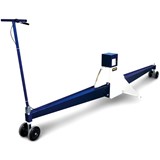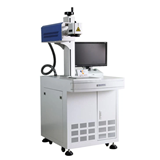Road markings
Research shows that road markings which are 'kept to standard' have the potential to greatly reduce the amount of crashes, with the Australian Automobile Association estimating a reduction of up to 40 percent1.
For the contractors and consultants engaged in the application and maintenance of the markings, the primary challenge to applying road markings which satisfy state regulations as well as the desired level of consistency are the time constraints, which are a nature of the business.
Regulations & time challenges
Each state has guidelines for the application and maintenance of quality road marking systems. These guidelines dictate the requirements for the correct and consistent application of road markings.
Generally, these works must be completed at times that cause minimum disruption to the day-to-day and deadlines to work within are short and strict.
One of the biggest hurdles for meeting these deadlines are the variables in colours, sizes and shapes that are an inevitable part of most road and parking lot contracts.
Multiple colours
While the majority of road markings are white as standard, the use of other colours is a necessity for applications such as yellow for bus or tram lanes, blue for disability access and green for bike lanes, to name just a few.
The need for black paint is also prevalent, to heighten contrast where a light coloured pavement does not allow adequate line definition to be obtained2.
Using multiple colours on a project requires multiple passes as well as the need to change paints, increasing pressure on already strict deadlines.
Wide lines
Traditionally, wide lines markings such as pedestrian crossings or runway markings, which can be 600 to 900mm wide3 require multiple passes to reach the desired width. These lines can take up to five times as long as regular linear markings.
Repairing existing lines
Repairing existing lines requires the removal of existing lines before adding new colours.
This can require multiple operations for the removal of the old line (which requires multiple machines) and then the lay down of the new line.
Airport markings
Airport markings are crucial to navigation and safety around an airport during landing, taxiing, and take-off. Runway incursions (when an unauthorised aircraft, vehicle or person is on a runway) are one of the most significant risks to aircraft operators4, and the consistency and visibility of markings, especially during night and reduced visibility conditions, are imperative to safety.
Australian Civil Aviation Safety Regulations dictate markings must be clearly visible against the background upon which they are placed, and on a surface of light colour, a contrasting black surround must be provided: on a black surface, a contrasting white surround must be provided5.
Graco have developed a range of road and airport line marking solutions to address these common issues faced by road marking contractors for adhering to state regulations for while executing within time constraints.
REFERENCES
1 http://acrs.org.au/wp-content/uploads/Thurston.pdf
2 http://www.tmr.qld.gov.au/~/media/busind/techstdpubs/Guidepavementmark/GuidePavementMarkingsJune2013PartB.pdf
3 http://www.tmr.qld.gov.au/business-industry/Technical-standards-publications/Guide-to-pavement-markings.aspx
4 http://www.airservicesaustralia.com/wp-content/uploads/Pilots_Guide_to_Runway_Safety.pdf
5 https://www.comlaw.gov.au/Details/F2013C00998/Html/Volume_1#_Toc371577762


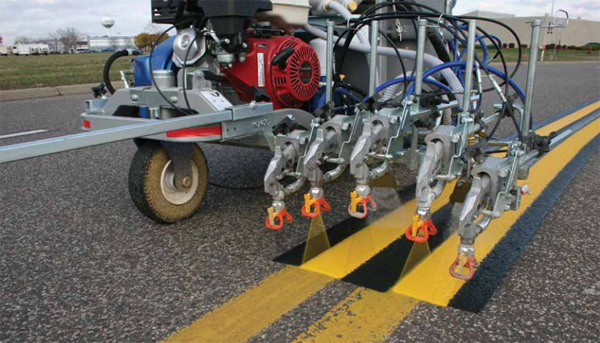



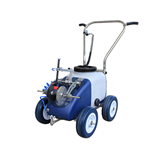



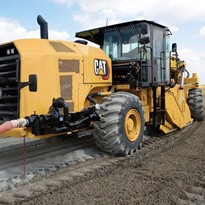
-205x205.jpg)
-205x205.jpg)
-205x205.jpg)
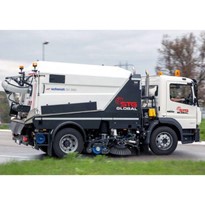
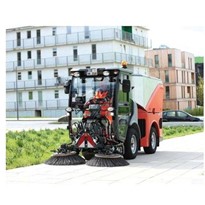
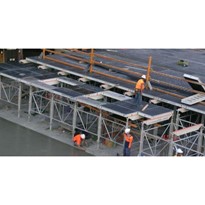

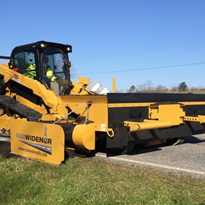

-205x205.jpg)
